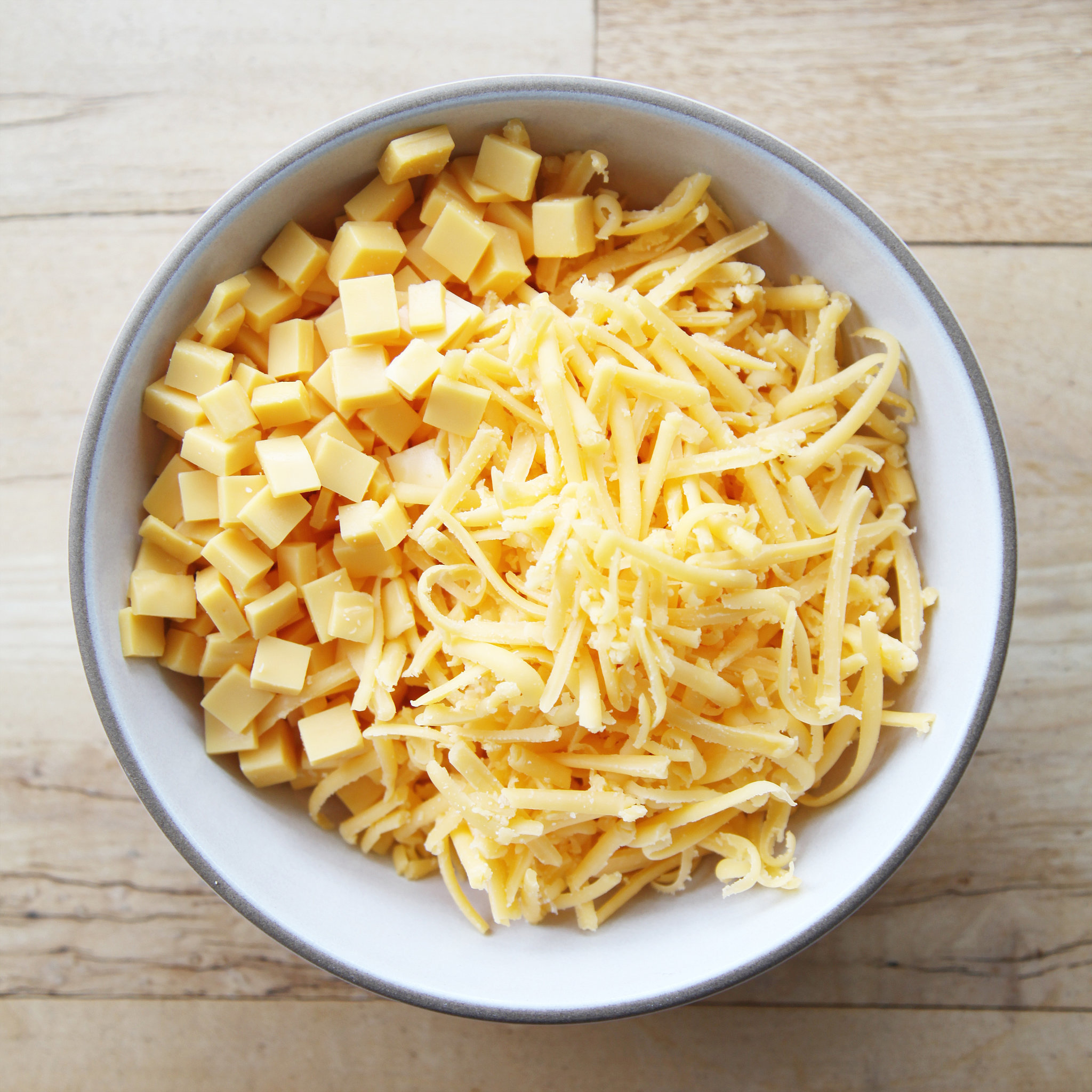Fluffy Buttermilk Pancakes

I most recently used a version of it in my Blueberry Pancake Cobbler. However, one of my very first posts (my early photography gives that away, if the date does not :), Cream of Wheat Griddlecakes, is not based on this particular recipe. It’s a horse of a different color. Those pancakes look fluffy, but they have a decidedly different texture than a typical fluffy pancake.
They’re a bit heartier but not heavier. Definitely worth sampling. They’re a fave in our house. But, let’s get back to these stacks of Fluffy Buttermilk Pancakes. So, basically, we’re working backwards to the base recipe that “mothered” most of the pancake recipes on my site. And that’s what’s great about having a good base, or shall I say, “master”, recipe.
You can do so many things with it. Play around with different flavors and add ins. Use different liquids and fats and sweeteners. The more you change things, the more you have to experiment, but I’ve never ended up with inedible pancakes on any of my trials. Sometimes, I just want a thicker batter and have to adjust liquids. Sometimes, the specific flavor variation that I’m working on isn’t coming through strongly enough so I have to adjust.
But mostly, it’s pretty flexible. Today, we’re not playing around with special flavors or add ins. We’re just making delicious, classic, Fluffy Buttermilk Pancakes. Is it hard to make pancakes from scratch, Nope. Whisk up the dry. Whisk up the wet. Combine. Rest. Cook. And to make sure you’re successful, here’s a bunch of tips! Measure your flour correctly. I use the spoon and sweep method.
Stir your flour to lighten it up. Lightly spoon it into your measuring cup until it’s over full. Sweep any excess off the top with the back edge of a butter knife or other flat utensil. I buy buttermilk that’s reduced in fat. Here’s a little more info on buttermilk and how it’s produced.
It explains why most buttermilk I’ve seen is reduced fat. Sometimes I buy grass fed buttermilk at Whole Foods. Whatever you find will be fine. To make them slightly healthier and easier, I use a light olive oil in my batter, but you can use any light flavored oil or melted butter. If you do use melted butter, the rest of your wet ingredients should be at room temperature so that the butter doesn’t re-solidify when you add it.
I also let the butter cool for a bit so that it’s closer to the room temperature ingredients. If it gets a little curdled, just move forward. Don’t worry about it. Mix your dry and your wet ingredients separately. This will allow you to thoroughly combine each mixture without over mixing. Don’t over mix your batter. It should be well combined, but it’s fine to still have some lumps.
Beating it excessively will simply develop the gluten and give you a tougher pancake. Let your batter rest after mixing. I usually let it rest about 5-10 minutes. This allows the gluten to rest and the batter to hydrate. Because we’re using baking powder, we don’t want it to rest forever, or we’ll lose some of the leavening power. I usually let it rest while I’m either setting the table or prepping another part of the meal.
Preheat your cooking surface. I find pancakes cook best on a griddle, plus there’s more surface area to flip, but a frying pan will work fine. Just don’t cook your pancakes in a cold pan. It must be preheated. I think the temperature of your cooking surface largely depends on your batter.
0 Response to "Fluffy Buttermilk Pancakes"
Post a Comment